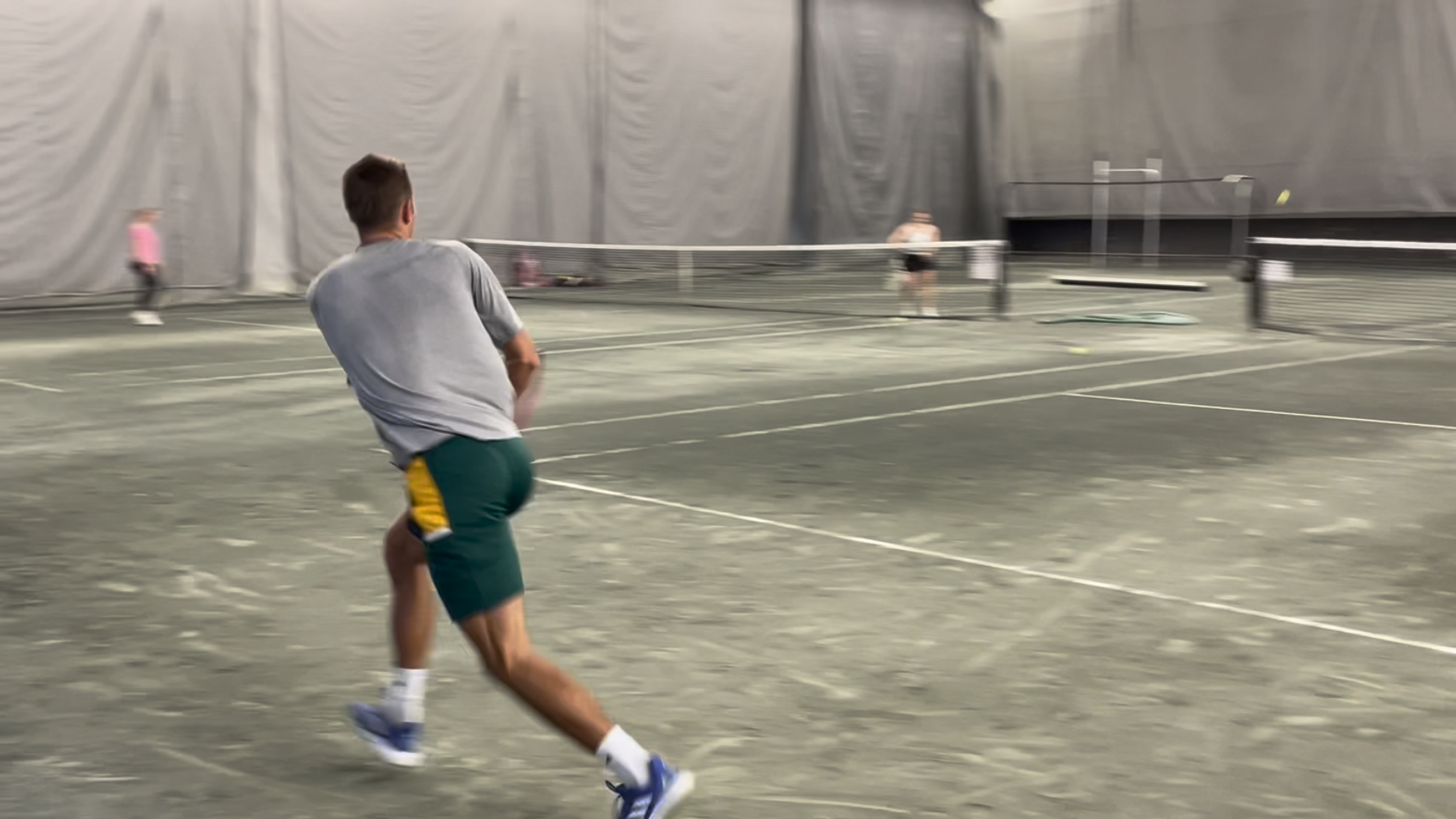It’s no surprise to anyone that tennis involves countless lateral movements and frequent changes of direction. And while these movements are essential, there’s a deeper layer at play here: how you move influences how your opponent perceives the court.
If you can make it look like you're everywhere at once — tracking down tough, wide balls and recovering aggressively from those corners — visually, you shrink the court in their eyes. They start to feel like they have to play a little riskier - aiming closer to the lines, playing faster and overall, hitting with less margin.
In this post, I want to quickly break down 3 elements that are needed to ‘shrink the court’, from your opponent’s perspective.
1. Move With Intent: “Beat the Ball to the Bounce”
The first (and simplest) way is intent. Move like you mean it.
A cue I often use (and one I’ve shared in the past) is: “beat the ball to the bounce.” That means your goal is to have your foot planted (i.e. set AND loaded) before the ball bounces on your side of the court.
Simple in theory, this cue is difficult to achieve on every ball. But that’s OK. If the intent to ‘beat the ball’ is there, it’ll add urgency to your movement + setup.
Part of what can help you here is having an early split-step that propels you towards the ball. That’ll also involve reading and tracking the ball (with your eyes + legs), like a beast out for prey.
Once you’re getting near the ball, you’ll need to brake hard. This is where many players struggle. They run through the ball because they struggle decelerating (probably because they don’t have the physical capacity to do so… but more on that in point #3).
As a result, they end up further away - from a positional standpoint - from where they need to be to receive the next shot. The distance they need to cover is now greater, and the court starts to feel bigger for their opponent — the opposite of what we want.
2. Recover Aggressively: “Beat the Hit”
As we alluded to above, once you've made the play on a wide ball, your job isn’t done. You now need to recover — and do so deliberately.
A good cue here is the following: “beat the hit”. That means get back into position before your opponent’s racquet meets the ball. That kind of early recovery sends a visual signal: “I’m back in position and ready to track down the next ball”.
This level of recovery requires a really aggressive first step and full-body effort to push back toward the most ideal position to receive the next shot. Too often, I see very good players recover either too casually — or they simply don’t recover at all.
In many cases, this part of the game isn’t trained enough under live ball conditions.
While basket drills and hand feeding have their place, live ball drills demand that players train recovery under realistic ball speeds and unpredictable situations. So ALWAYS bring it back into a ‘live’ scenario to have the highest chances of transfer to the match court.
Two thing to keep in mind. First, make sure to watch the ball + scan the other side of the court while simultaneously recovering back into position. Instead of just watching the ball and delaying your recovery actions.
Second, don’t recover too soon. Finish your stroke before you start moving back. There’s enough time to recover into position - when you’re aggressive and intentional with your first step - that you don’t need to feel rushed when finishing your stroke.
3. Build the Engine: Develop Force and Impulse Qualities
Here’s the thing, even if you’re focusing on the two points from above - bringing intent & aggressiveness to your movements - you might still fall short physically. If you're struggling to plant hard, recover explosively, or change direction quickly, the issue is probably clear - you simply aren’t able to apply force into the ground.
It’s obvious that tennis doesn’t require long-distance sprints. It demands quick bursts, rapid stops, and reaccelerations — all of which come down to how effectively you can push into the ground.
This is where the weight room becomes your ally.
You need to train your ability to:
Produce MORE force, and
Apply that force QUICKLY.
Exercises like heavy back squats, split squats, and lunges train you to push hard against external resistance. That’s foundational when it comes to building your neuromuscular system’s ability to generate more force.
But equally important is your ability to create impulse — the combination of force and the time frame it’s applied. If you can apply a lot of force in a very short window, you’ll create a big impulse. This equates to a rapid change in direction - i.e. that aggressive recovery action we’ve been talking about.
To train impulse, we look at explosive, ballistic movements — things like Olympic lifts. A great example is the power clean. Starting from a dead stop, you have to drive forcefully into the ground to move the bar upward (acceleration), and then catch and control the reversal of movement on the way down (deceleration). Sound familiar?
That’s exactly what’s happening when you track down a wide ball, plant hard, and explode back into position. Olympic lifts, when properly coached and integrated, build that high-level ability of acceleration and deceleration — both of which are vital for success on the court.
Shrinking the Court: The Big Picture
When you combine these three elements — high intent (to track the ball down), aggressive recovery (to get back into the ideal position), and a powerful physical engine (that potentiates those 2 previous elements) — you create this perception of being everywhere on the court. To your opponent, it feels like there’s very little space. The court feels small.
Again, that can lead to lower-margin decision-making. They hit closer to the lines. They take more risks. I’ve seen it firsthand - the errors creep in.
So start with the first two: move with more urgency, and recover with aggression. If you’re already doing those and still feel behind, it may be time to level up your physical training — adding weight training to the mix.

